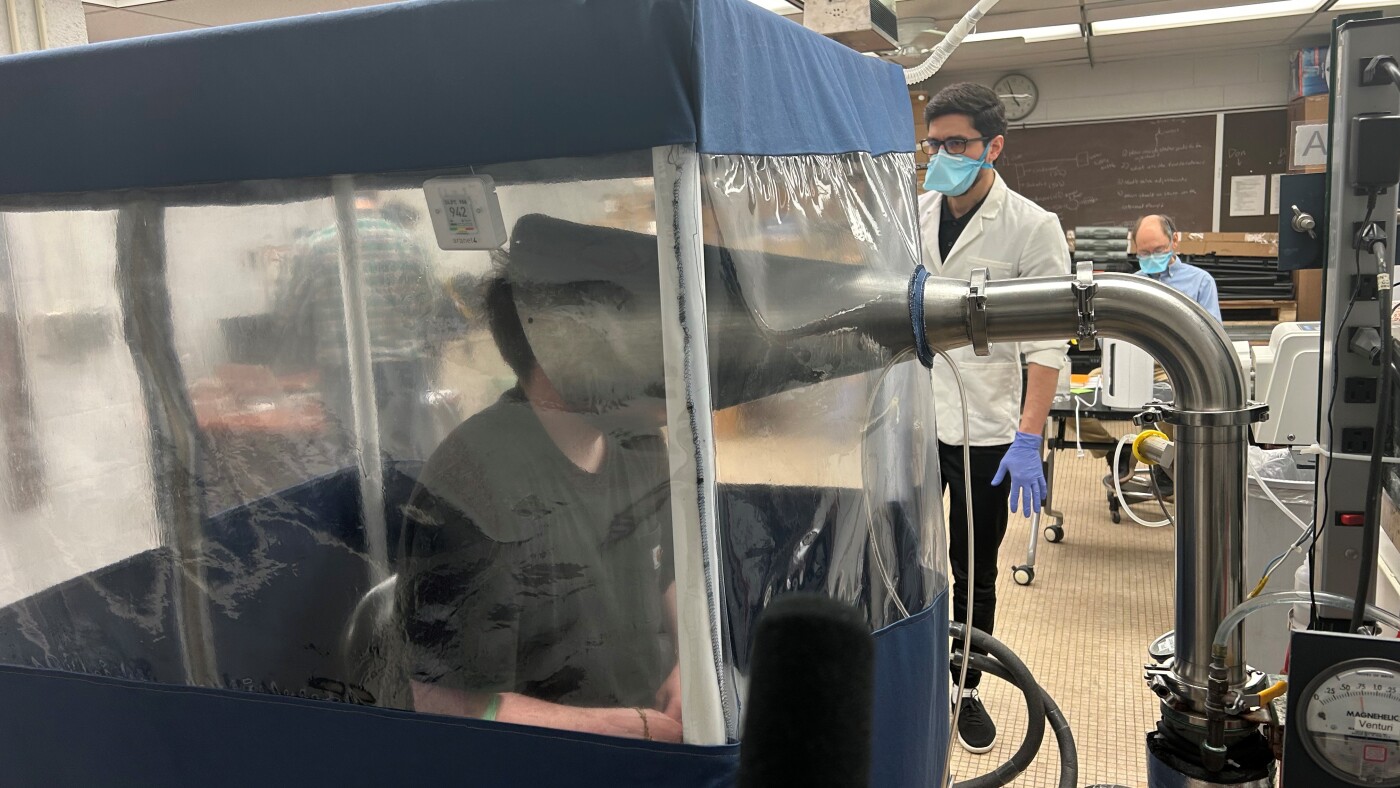Science on the Brink: Funding Squeeze Threatens Groundbreaking Medical Research

Medical researchers are sounding the alarm over proposed budget cuts that could critically undermine scientific innovation. The Trump administration's plan to dramatically reduce funding for indirect research costs threatens to cripple laboratories across the country, potentially stalling critical medical breakthroughs.
A stark illustration of this potential damage emerges from a respiratory virus research lab facing the stark reality of losing half its scientific staff. These proposed payment reductions would not merely trim budgets, but could effectively dismantle entire research teams dedicated to understanding and combating complex viral diseases.
Scientists argue that these cuts go beyond simple financial constraints—they represent a fundamental threat to the infrastructure of medical research. Indirect costs, which cover essential expenses like laboratory maintenance, equipment, and administrative support, are crucial for sustaining cutting-edge scientific investigations.
The proposed reductions could create a domino effect, forcing research institutions to make impossible choices between maintaining staff, purchasing critical equipment, or continuing vital research projects. This potential scientific setback could have long-lasting implications for medical understanding and public health innovation.

